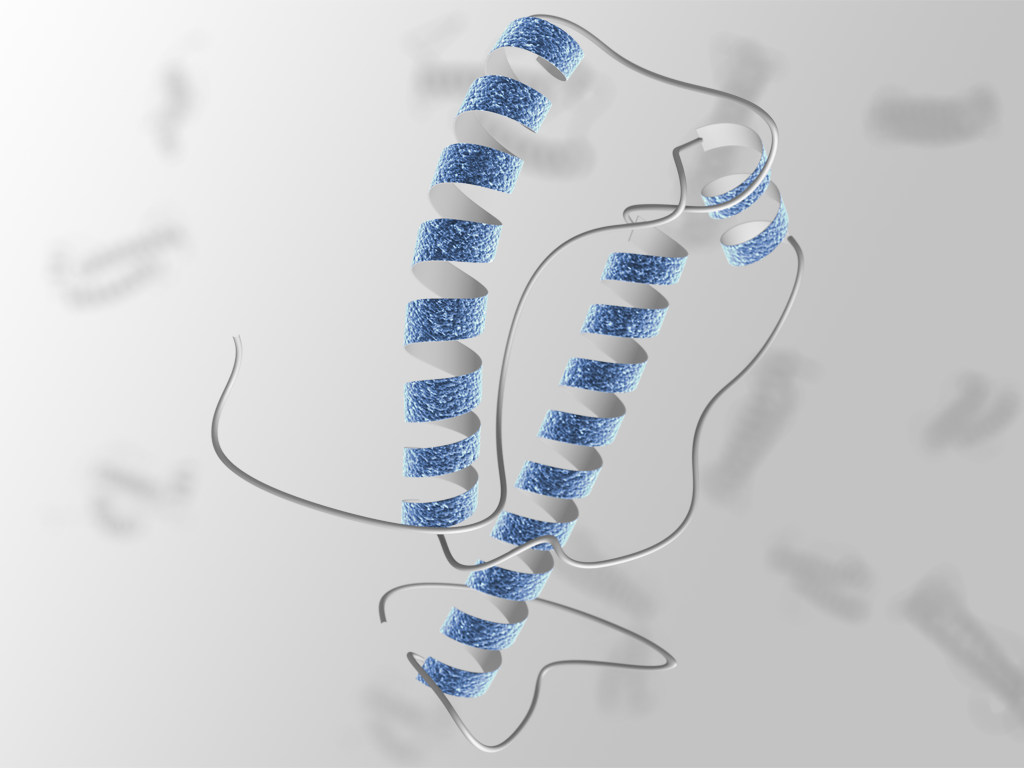Being able to identify the exact moment when biomolecules are produced would be an invaluable tool for researchers, but in many cases the technology has not been available or developed to visualize such events. Now, scientists at Albert Einstein College of Medicine of Yeshiva University along with a group of international collaborators have developed a novel fluorescence microscopy technique that is able to show for the first time the precise start of RNA translation.
The findings from this study were published today in Science through an article entitled “An RNA biosensor for imaging the first round of translation from single cells to living animals.”
The application of this technique would vary widely across scientific disciplines and may help reveal how aberrations in protein synthesis contribute to disease pathogenesis and embryonic development abnormalities.
“We’ve never been able to pinpoint exactly when and where mRNAs are translated into proteins,” stated Robert Singer, Ph.D., professor and co-chair of anatomy and structural biology at Einstein and co-senior author on the study. “This capability will be critical for studying the molecular basis of disease, for example, how dysregulation of protein synthesis in brain cells can lead to the memory deficits that occur in neurodegeneration.”
Protein synthesis is a two-step process that begins in the nuclease by transcribing DNA into RNA message, or mRNA. These mRNA molecules are then shuttled out of the nuclease into the cytoplasm to link up with ribosomes. In this second step, the mRNA/ribosome complex translates the genetic message into protein.
In order to visualize the translation starting point, the Einstein team took advantage of molecular events that occur just before the formation of the mRNA/ribosome complex. Specifically, ribosomes must displace RNA binding proteins in order to attach to the RNA molecule and begin translation.
Dr. Singer and his team genetically manipulated RNA sequences attaching two GFP molecules, one green and one red. The green GFP was placed just before the stop codon of the gene and the red GFP was placed just after the stop codon in the 3′ untranslated region ahead of the polyadenylated tail.
While in the nucleus the overlapping red and green fluorescent signals would appear yellow. Once the mRNA molecules make it to the cytoplasm and link up with ribosomes, the ribosome would displaces the green GFP signal. Therefore, any cytoplasmic signal appearing red meant they were ready to be translated. All untranslated RNA molecules remained yellow. The researchers dubbed the technique TRICK, for Translating RNA Imaging by Coat protein Knockoff.
To further test their technique the investigators turned to Drosophila oocytes and a gene involved in fruit fly development called oskar. The researchers tagged the oskar mRNAs with the green and red GFP molecules and inserted them into the oocytes nuclei.
“Using TRICK, oskar mRNAs were not translated until they reached the posterior pole of the oocyte,” explained Dr. Singer. “We suspected this, but now we have definitive proof. Going forward, researchers can use this technique to dissect the cascade of regulatory events required for mRNA translation during Drosophila development.”
From their observations, Dr. Singer and his team found that protein translation didn’t begin until several minutes after the mRNA molecules entered the cytoplasm. “We never knew that timeframe before,” said Dr. Singer. “That’s another example of what we can learn using this technique.”







